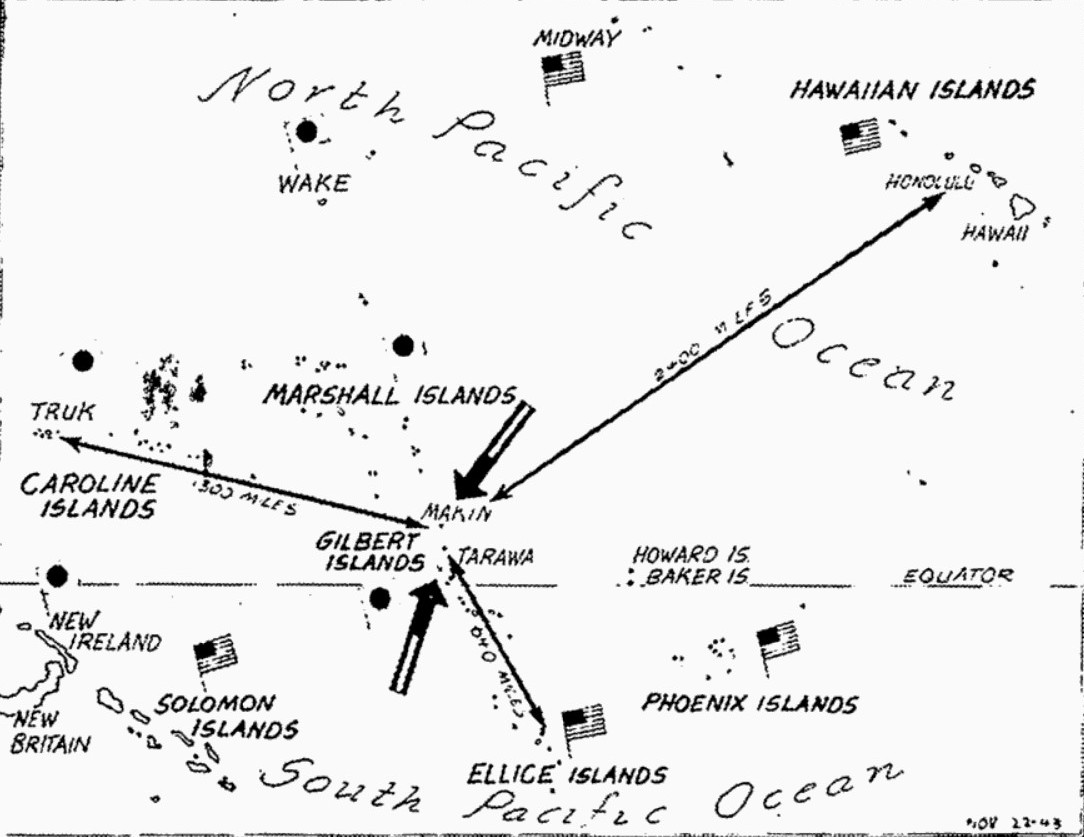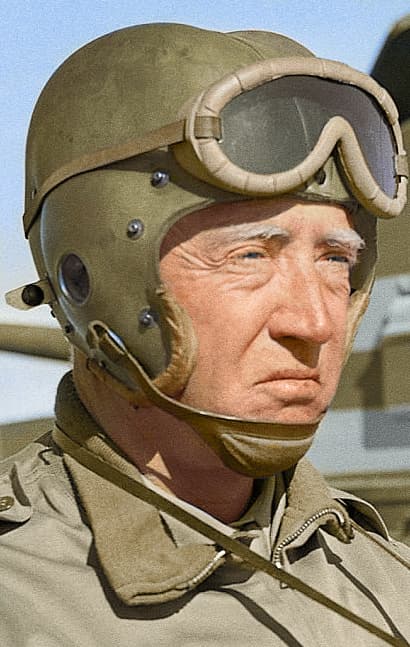Memorandum by the U.S. Chiefs of Staff
Cairo, 22 November 1943
Secret
CCS 404
Proposed agenda for SEXTANT
-
Agreement as to conference procedure.
-
Overall Objective; Overall Strategic Concept for the Prosecution of the War; Basic Undertakings in Support of Overall Strategic Concept.
-
European-Mediterranean
a. Estimate of the enemy situation.
b. Report on the Combined Bomber Offensive.
c. Report on anti-U-boat operations.
d. Report on status of development of facilities in the Azores, air and naval.
e. Readiness report on OVERLORD, RANKIN, and JUPITER.
f. Report on Mediterranean operations, including the Middle East.
g. Plans for U.S.-British-USSR military collaboration.
h. Specific operations for the defeat of Germany and her Satellites, 1943-44.
i. Policies with respect to military considerations in dealing with neutral, liberated and occupied countries, including agreement as to division of responsibility between the United Nations.
- Japan
a. Estimate of the enemy situation, 1944, Japan (giving consideration to Russian and Chinese intentions).
b. Short-Term Plan for the defeat of Japan.
c. Report on the general situation in the Southeast Asia Command.
d. Report on operations in China.
e. Report on Pacific operations.
f. Transfer of United Nations efforts to the defeat of Japan upon the defeat of Germany.
g. Specific operations for the defeat of Japan, 1944, including amphibious operations in Southeast Asia.
-
Relation of resources to plans.
-
Final report to President and Prime Minister.
-
Preparation and approval of any directives arising from conference decisions and of any reports to other Allies.
-
Discussion as to the next conference.
Memorandum by the British Chiefs of Staff
Cairo, 22 November 1943
Secret
CCS 404/1
SEXTANT Agenda
-
We have considered the Agenda for SEXTANT proposed by the United States Chiefs of Staff (CCS 404) and while we have no specific objections to the subjects set out in their memorandum, we suggest that a more simple agenda would meet the case.
-
We, therefore, propose that the main subjects for discussion should be as follows:
I. Reaffirm Overall Objective, Overall Strategic Concept and Basic Undertakings (CCS 319/5, paragraphs 2-5 and paragraph 6, as subsequently amended by agreement between Combined Chiefs of Staff (CCS 380/2))
II. Southeast Asia Operations
III. OVERLORD and the Mediterranean
IV. The War Against Japan
V. Progress Reports
-
Discussion of the above main subjects would include the introduction of most, if not all, of the points put forward in the American agenda. The arrangements for dealing with the detailed subjects would, however, be made from day to day.
-
It will be noted that Southeast Asia operations have been placed second on the list, in view of the intention to bring the Generalissimo and Admiral Mountbatten into the discussions at the earliest stage.
-
It is thought that the Progress Reports should be left to the end of the Conference when the main items have been disposed of. This procedure will not, of course, preclude points being raised for discussion when the Progress Reports are taken.
A. F. BROOKE
C. A. PORTAL
A. B. CUNNINGHAM

